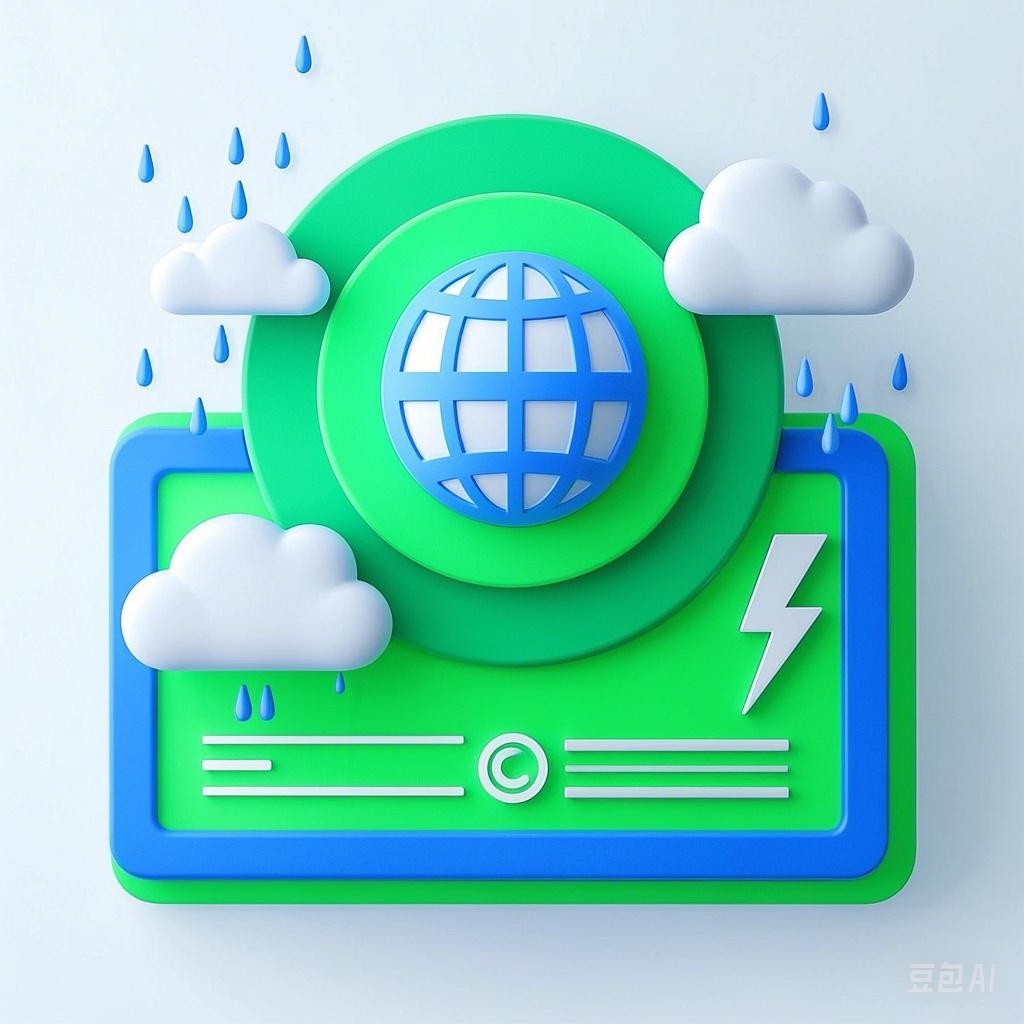Introduction
Earthquakes are one of the most devastating natural disasters, capable of causing widespread destruction and loss of life. Despite their unpredictable nature, understanding the science behind earthquakes is crucial for mitigating their impact. This article delves into the hidden mechanisms that make earthquakes such a formidable natural menace, exploring their causes, effects, and the challenges in predicting and preparing for these catastrophic events.
The Science of Earthquakes
Plate Tectonics
Earthquakes are primarily caused by the movement of tectonic plates, which make up the Earth’s outer shell. The Earth’s crust is divided into several large and small plates that float on the semi-fluid asthenosphere below. These plates move due to convection currents generated by the heat from the Earth’s interior.
Types of Plate Boundaries
- Convergent Boundaries: Here, two plates collide. One plate may be forced beneath the other in a process called subduction, leading to intense seismic activity.
- Divergent Boundaries: At these boundaries, plates move apart, creating new crust as magma rises from the mantle to fill the gap.
- Transform Boundaries: Here, plates slide past each other horizontally, often resulting in powerful earthquakes.
Faults and Fault Lines
Faults are fractures in the Earth’s crust where movement occurs. When stress builds up along these fractures, it is released in the form of an earthquake. Fault lines are the actual traces of these fractures on the Earth’s surface.
Types of Faults
- Normal Faults: Occur when the hanging wall moves down relative to the footwall.
- Reverse Faults: Occur when the hanging wall moves up relative to the footwall.
- Strike-Slip Faults: Occur when there is horizontal movement along the fault plane.
The Effects of Earthquakes
Immediate Damage
Earthquakes can cause immediate damage to buildings, infrastructure, and the environment. The ground shaking can lead to collapses, fires, and tsunamis, particularly in coastal areas.
Examples of Immediate Damage
- Building Collapses: Structures not designed to withstand seismic forces are particularly vulnerable.
- Infrastructure Damage: Roads, bridges, and power lines can be severed, leading to further disruptions.
- Environmental Damage: Landslides and soil liquefaction can occur, causing additional damage and loss of life.
Long-Term Consequences
The long-term consequences of earthquakes can be just as devastating as the immediate damage. These include economic losses, social disruption, and mental health issues.
Examples of Long-Term Consequences
- Economic Losses: Reconstruction costs can be enormous, and economic activity can be severely impacted.
- Social Disruption: Communities can be disrupted, leading to increased crime rates and social tensions.
- Mental Health Issues: Survivors may suffer from post-traumatic stress disorder (PTSD) and other mental health issues.
Predicting Earthquakes
Predicting earthquakes is a complex and challenging task. While scientists have made significant advancements in understanding the processes that lead to seismic activity, accurate prediction remains elusive.
Challenges in Prediction
- Complexity: The processes that lead to earthquakes are incredibly complex and involve many variables.
- Limited Data: Seismic data is limited in both time and space, making it difficult to capture all the necessary information.
- False Positives: Predictions can lead to false alarms, which can erode public trust and confidence in the science.
Mitigating the Impact of Earthquakes
Despite the challenges in predicting earthquakes, there are steps that can be taken to mitigate their impact.
Building Codes and Design
Developing and enforcing stringent building codes that account for seismic activity is crucial. Buildings designed to withstand earthquakes are less likely to collapse during a seismic event.
Infrastructure Resilience
Investing in infrastructure that can withstand seismic activity is essential. This includes reinforcing bridges, roads, and power lines.
Public Awareness and Education
Educating the public about earthquake safety and preparedness can save lives. This includes teaching people how to perform first aid, how to use emergency shelters, and how to respond to aftershocks.
Conclusion
Earthquakes are a hidden menace that pose a significant threat to human life and infrastructure. Understanding the science behind earthquakes, while challenging, is crucial for mitigating their impact. By investing in research, infrastructure, and public education, we can better prepare for and respond to these catastrophic events.
